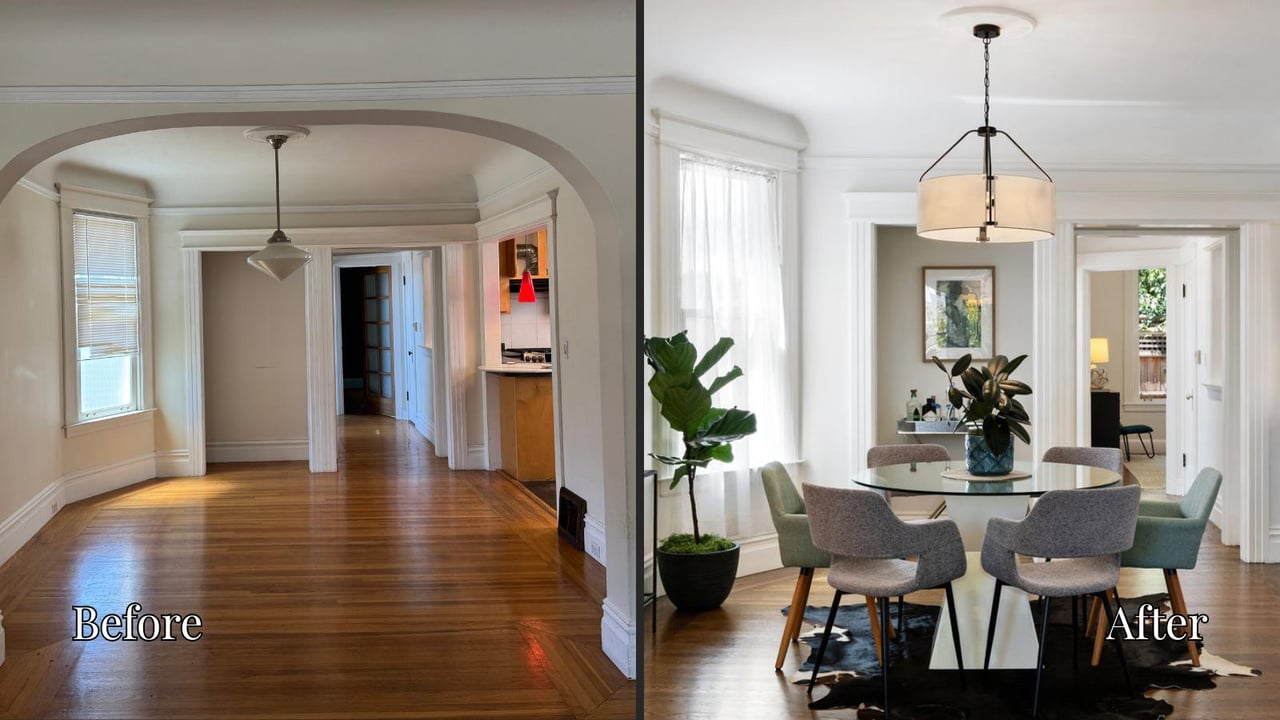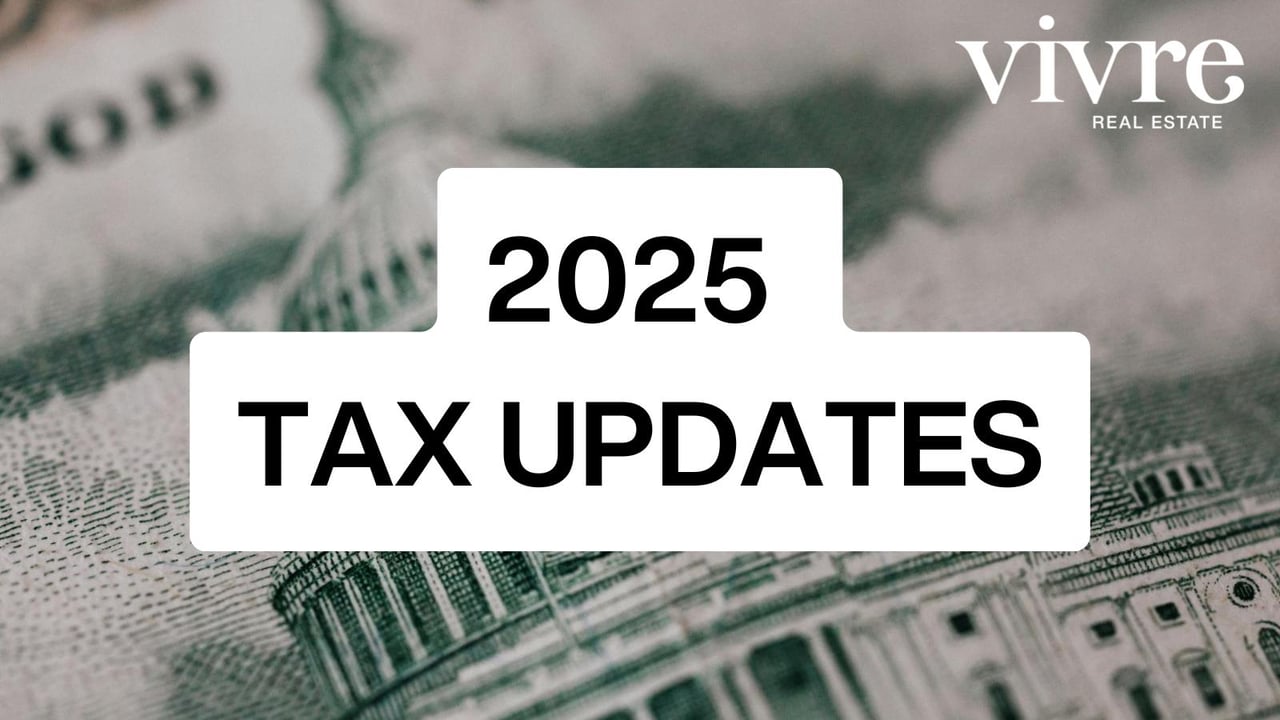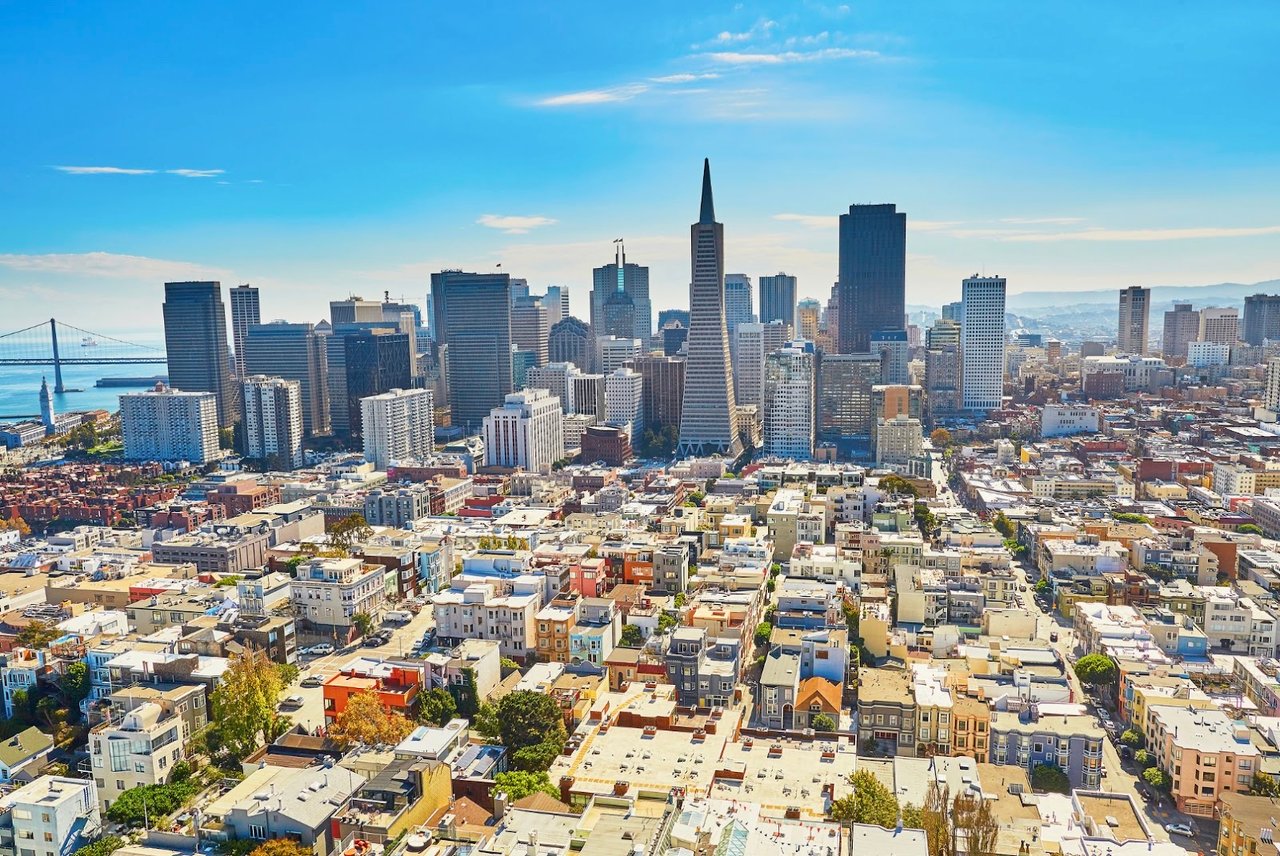Busiest Times of the Year for Real Estate in San Francisco: A Data-Driven Look
Katie Moss | September 24, 2024
Real Estate

Katie Moss | September 24, 2024
Real Estate

If you're familiar with the San Francisco real estate market, you probably already know it has its highs and lows throughout the year. But when exactly are the busiest times for new listings and home sales? Whether you're a potential seller looking to time your listing right or a buyer hoping to find the best deal, understanding market patterns is key. So, let's dive into what the data tells us about seasonality in San Francisco real estate and how recent years are shaping new trends.
Looking at monthly listing activity over the past decade, clear trends emerge that show when the market tends to heat up and when it cools down. Overall, spring, early summer, and September are the busiest times for new real estate listings in San Francisco, while winter months and late summer months tend to see a slowdown.
Historically, some of the highest numbers of new listings hit the market between April and June. This trend has been consistent, with May being one of the strongest months in particular.
For example, in May 2019, we saw 731 new listings, contributing a significant 10% of that year’s total. Fast forward to May 2022, and the number of new listings surged to 829 (again, 10%), showing that May tends to be a high point in the year.
Why the increase in spring and summer? Well, weather certainly plays a role, but it's also about timing. Sellers often aim to list their homes when buyer demand is higher, and spring is when many (but certainly not all) buyers begin their search.
Interestingly, there’s another period where the San Francisco real estate market experiences a notable spike in listings: September. Year after year, we see a surge in activity as sellers who missed the spring rush look to capitalize on the active market once San Franciscans return from summer travels.
Over the past decade, September has consistently (and increasingly) been one of the top-performing months for new listings. Let’s look at the numbers:
September’s contributions to the year’s total listings typically range from 12% to 16%, making it a critical month for both buyers and sellers. This second surge is especially useful for sellers who want to avoid the more competitive spring months or for buyers looking for fresh listings after the summer slowdown.
While the market begins to cool off, activity doesn’t disappear entirely in the fall. For instance, in October 2023, San Francisco saw 565 new listings, accounting for 9% of that year’s total.
Winter, particularly around the holidays, is the slowest period. December, year after year, posts the lowest new listing numbers, making up just 4% to 5% of the annual total. Take December 2023, for example: it only saw 137 new listings, a significant drop compared to September’s 937.
However, savvy buyers might find that the slower winter months offer less competition and more room for negotiation!
In real estate, there's typically a noticeable gap between when a property is listed and when it's officially sold. This lag is primarily due to two key factors: the time it takes to find a buyer and the time required to close the deal, including the escrow process.
For example, if many homes are listed in May, it's common to see a spike in sales in June or July. This lag reflects both the time needed to secure a buyer and the time it takes to close through escrow. In slower markets, this lag might be even more pronounced due to longer selling times and fewer active buyers.
While it’s easy to jump to the conclusion that the busiest months are the best for buying or selling, it’s important to look at the whole picture. Activity levels are a useful guide, but there are also good reasons why the slower months can be just as advantageous.
The San Francisco real estate market is always evolving, influenced by external factors like economic shifts, interest rates, and lifestyle changes such as the increasing prevalence of remote work. As we look ahead to 2024, it’s clear that while certain patterns hold steady—like the spring and fall spikes in activity—unexpected factors could reshape the landscape at any time.
Sellers should remain flexible and strategic, paying attention to broader market signals such as interest rate changes or emerging buyer preferences. Listing during peak times can be advantageous, but being adaptable and ready to move quickly in response to market fluctuations could give you an edge.
Buyers, meanwhile, should stay informed and consider timing their purchases based on personal needs as much as market conditions. While winter months may offer less competition, interest rates or housing supply issues could also affect your decision.
At Vivre Real Estate, we understand that navigating San Francisco’s dynamic real estate market can feel overwhelming. Whether you’re looking to sell or buy, our experienced team is here to guide you every step of the way. With personalized support and a deep understanding of local market trends, we’ll help you make informed decisions that align with your goals. No matter what 2024 brings, we’re here to help you succeed!
Stay up to date on the latest real estate trends.

Simple changes. Stunning results. How staging transformed one San Francisco home sale.

How the AI boom is driving one of San Francisco's strongest housing markets in years.

SF real estate evolves again.

New federal deductions could impact your bottom line.

San Francisco's 2024 real estate highs and lows, from luxury mansions to budget-friendly condos.

Ho-ho-home for the holidays! 🎁 (We're gonna need a bigger bow...)

Buying a home in San Francisco? Don't let a property's past haunt your future.

We're in our "falling head over heels for historic homes" era.

When is the San Francisco real estate market most active? We dive into the data to learn seasonal trends and how to be strategic about buying and selling.
You’ve got questions and we can’t wait to answer them.